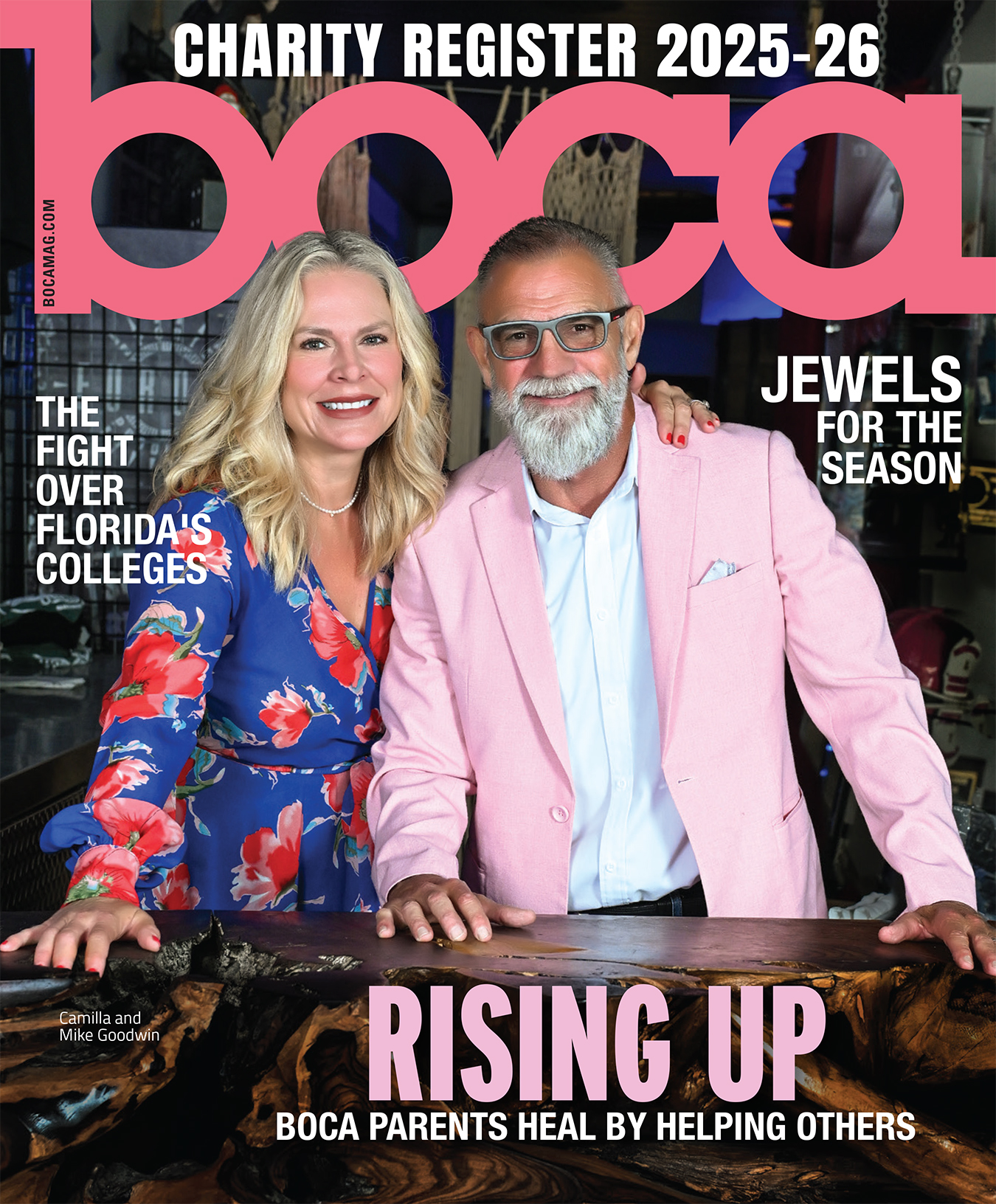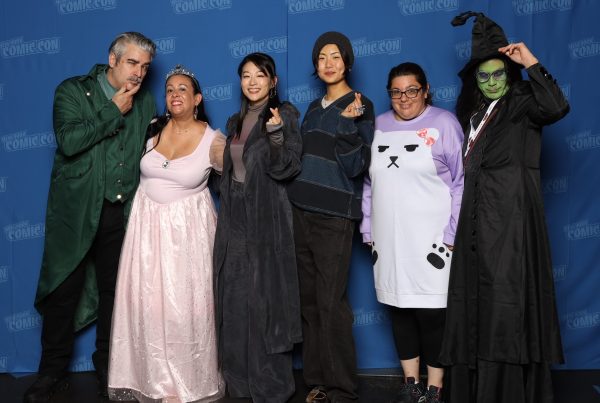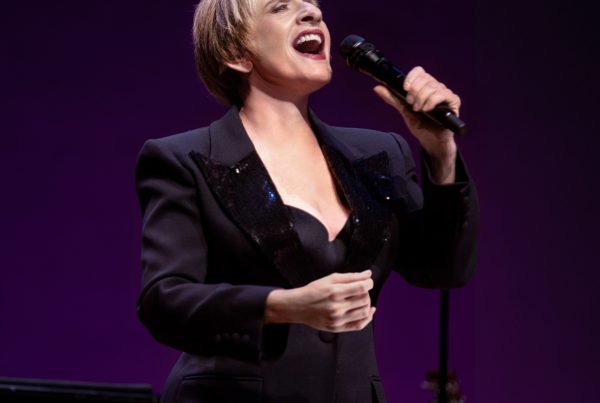In the South Florida theater world, no one has an ear for sound quite like Matt Corey. Also, meet a visual artist who happened to be a man of many words, and check out the Hot List for July and August.

Matt Corey
Sound designer/musician/president of Insight for the Blind
It’s Matt Corey’s responsibility to sweat the small stuff. A faucet drips mercilessly, every few seconds, in the catacombs of a totalitarian prison. Machine gun fire pierces the air a mile outside a Congolese brothel. Children engage in a heated game of horseshoes just outside of view in a mythical small town. These are the complex soundscapes of South Florida productions of “The Unseen,” “Ruined” and “Our Town,” where the slightest misstep can, briefly or irrevocably, torpedo the theatrical experience as much as any flubbed line or flimsy prop.
But it’s safe to say that with Corey at the helm, the ears of local theatergoers are in capable, award-winning hands. As the most sought-after sound designer in South Florida regional theater, he’s managed the microphones and engineered the effects for the most respected companies in the tri-county area—GableStage, Mosaic Theatre, Palm Beach Dramaworks, Zoetic Stage, and the list goes on.
The son of Dave Corey, a respected actor and radio broadcaster, Matt nonetheless entered the theater world on a lark, as he explains in this issue’s Take 5. After graduating from the University of Miami with a bachelor’s and master’s in applied music, he thought he’d be performing in symphonies for a living. He spent five-plus years with the Boca Pops until the organization folded. He then moved on to a managerial position with the Florida Philharmonic Orchestra until it, too, folded in 2003.
A week later, another door opened—that of Insight for the Blind, a nonprofit company that records audiobooks and magazines for the Library of Congress’ Talking Books program. Today, Corey heads Insight, an inconspicuous Fort Lauderdale institution that turns 40 this year. Presiding over the operations of its six recording booths, and the 100 volunteer readers who pass through its doors annually, is an undertaking he juggles with his unending stream of theater jobs and his seasonal work as a bassoonist with the Boca Symphonia.
Of all his irons in the fire, he is perhaps proudest of Insight, “an incredible program that I don’t think many people know about until they need it.”
How did you get involved with Insight for the Blind?
In 2003, the Library of Congress mandated a change to digital technology, and no one here had any inkling how to do that. They brought me on to oversee that transition to Digital Talking Books. We started with two studios, and four others remained analog for probably four years; we were doing both concurrently. Eventually, the whole operation got transitioned over.
Do you need to have a sonorous voice to be a volunteer reader?
The biggest thing is a talent with reading out loud and not so much your vocal quality. Obviously, if you had a lisp or a wicked New York accent, it would be harder to get through the audition process. But you don’t need a James Earl Jones type for a male, or someone sultry for a female. There’s less of that announcer-y quality that was prevalent in the 1960s and ’70s. Now it’s more of a conversational, pleasant approach.
How did you get into theatrical sound design?
That was a fluke. Meredith Lasher of the Women’s Theatre Project was married to the principal timpanist in the Florida Philharmonic, and he knew that I was into sound stuff and recording, but nothing to do with theater. He said, ‘My wife needs someone to do some sound effects; do you think you can help them out?’ The show was “If We Are Women,” by Joanna Glass, in 2005. There was nothing to it—a ringing phone, a little bit of music off a CD player. It was kind of a freebie; I think I did it for a Lowe’s gift card.
But because I had done that, Joe [Adler, GableStage’s artistic director] had seen my name in the program. He reached out to my dad and said, ‘Do you think your son would want to do that for us?’ My dad said, ‘I was going to recommend him.’ No one talked to me about this! I would have never felt ready to do that.
But he did call, and I very seriously contemplated not doing it; I didn’t feel like I had the experience. But I said, ‘I think I’ll kick myself if I don’t explore this.’ So I did my first show there, “Brooklyn Boy,” and we’ve done every show except one since then.
What does sound design entail, exactly?
When you’re getting ready to do a show, like an actor would with his lines, you highlight the telephones and the toilet flushes and thunder. But basically, you’re responsible for everything that comes out of those speakers. So if a show is amplified, if the actors are wearing microphones, that’s going to be on the sound designer to get those sounding good before it becomes the responsibility of the audio technician.
In some shows, if we don’t notice the sound design, does that mean you did a good job?
For most shows, that would be awesome. Sound effects like thunder and explosions and war sounds—anytime you can make the theater rumble a little bit—are fun, because they’re the exception. The ones that are difficult are cell phone rings. When the actor pulls it out of their pocket, you know how it sounds in real life, but to make it happen onstage, where it gets a little bit louder when it comes out … those stress me out. It ends up being a lot more work than explosions.
For the Hot List, pick up the July/August issue of Boca Raton magazine.







